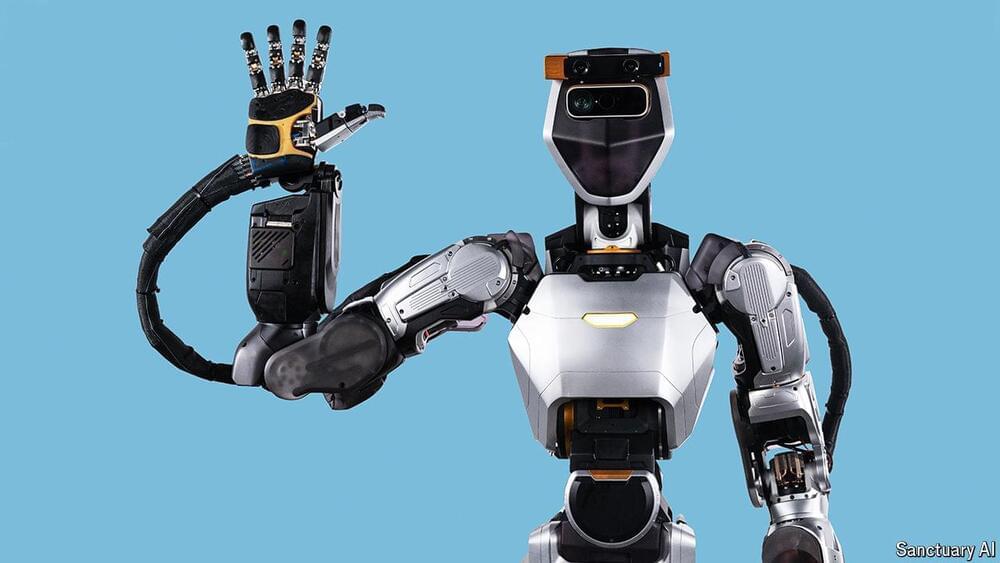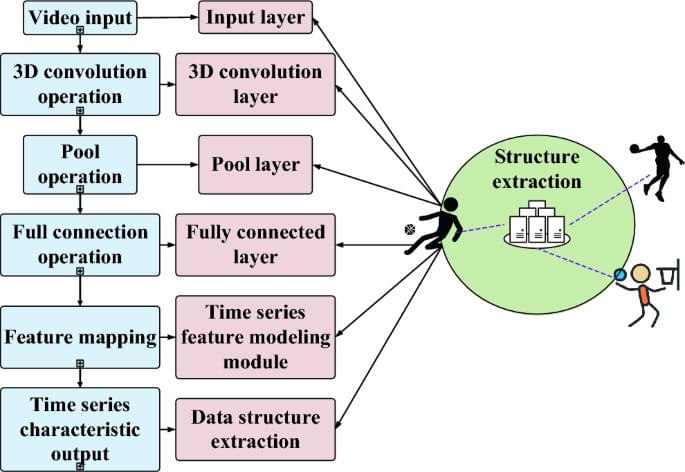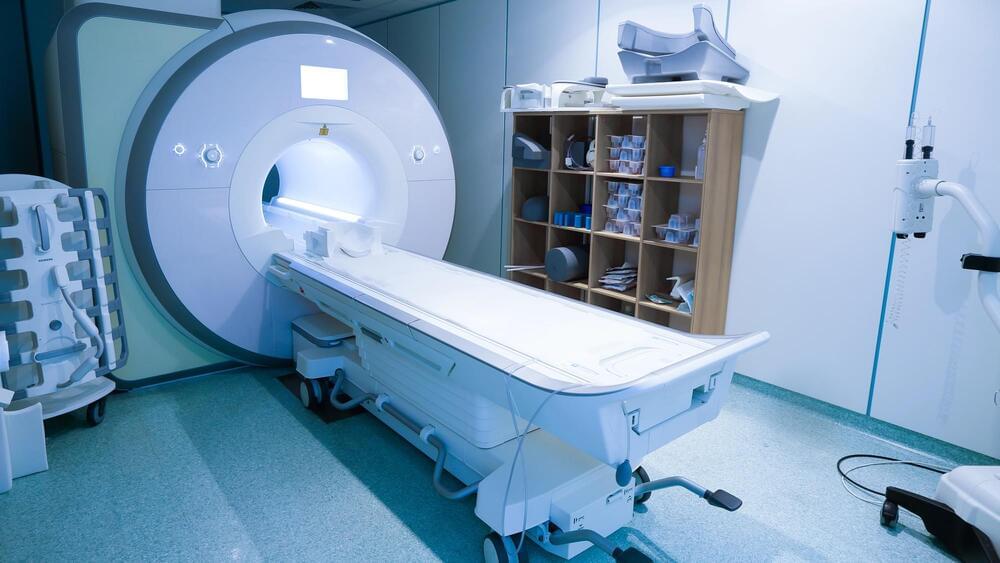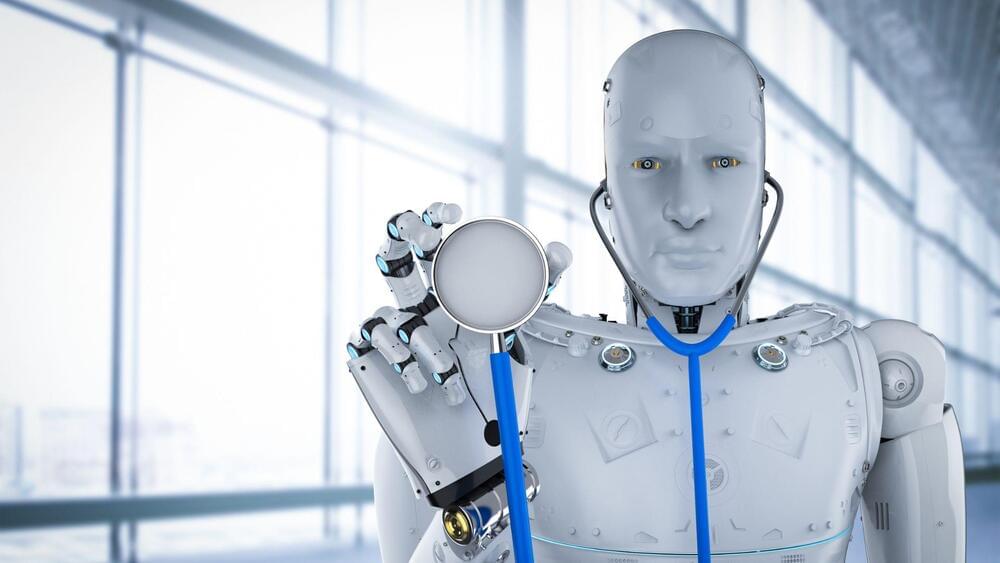Tesla will not launch a refreshed Model Y this year, chief executive Elon Musk said in a post on social media X on Saturday.



Applied in this way, it’s not just generative AI—this is transformational AI. It goes beyond accelerating productivity; it accelerates innovation by sparking new business strategies and revamping existing operations, paving the way for a new era of autonomous enterprise.
Keep in mind that not all Large Language Models (LLMs) can be tailored for genuine business innovation. Most models are generalists that are trained on public information found on the internet and are not experts on your particular brand of doing business. However, techniques like Retrieval Augmented Generation (RAG) allow for the augmentation of general LLMs with industry-specific and company-specific data, enabling them to adapt to anyone’s requirements without extensive and expensive training.
We are still in the nascent stages of advanced AI adoption. Most companies are grappling with the basics—such as implementation, security and governance. However, forward-thinking organizations are already looking ahead. By reimagining the application of generative AI, they are laying the groundwork for businesses to reinvent themselves, ushering in an era where innovation knows no bounds.


Wang, J., Zuo, L. & Cordente Martínez, C. Basketball technique action recognition using 3D convolutional neural networks. Sci Rep 14, 13,156 (2024). https://doi.org/10.1038/s41598-024-63621-8


Brighter with Herbert.

China’s first AI hospital, developed by Tsinghua University, features robot doctors capable of treating 3,000 patients daily, vastly outpacing human capacity.
These AI doctors, trained in a simulated environment, can diagnose and treat 10,000 patients in days, a task humans would need two years to…
China debuts an AI hospital town featuring AI doctors caring for virtual patients to advance medical consultation and evolve doctor agents.


Despite years of working to develop AI systems, it wasn’t until Christmas 2022 when Craig Federighi played with Copilot that the company truly got behind the idea.
The conventional wisdom is that Apple is far behind the rest of the technology industry in its use and deployment of AI. That has seemed nonsensical since Apple has had Siri for almost 15 years, and a head of AI since 2018.
However, a new report from the Wall Street Journal claims that despite all these years working on Machine Learning, and despite having ex-Google AI chief John Giannandrea, it could be true that Apple is substantially behind. Reportedly, Giannandrea and his team have struggled to fit in with Apple, and to get AI implemented.